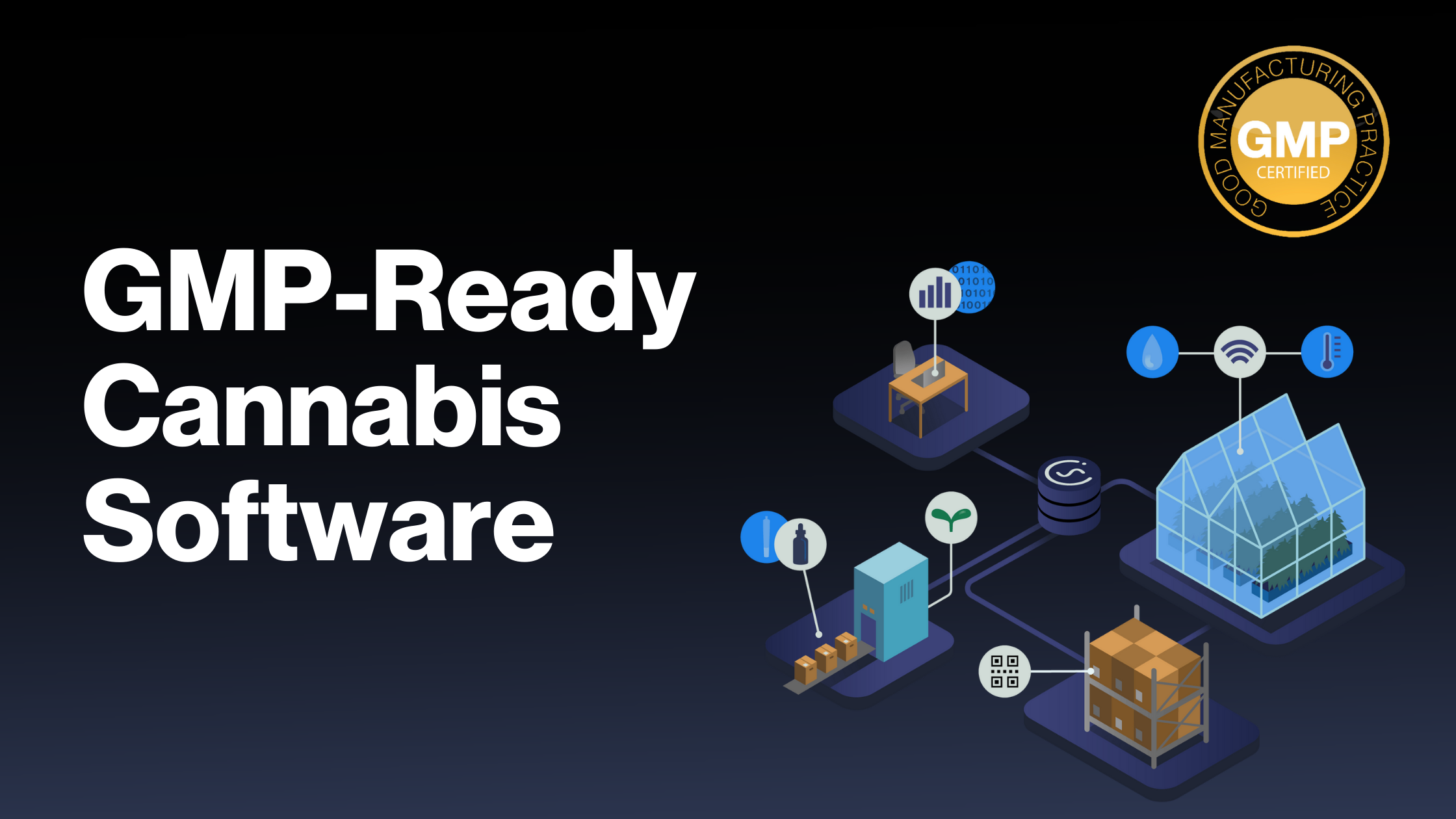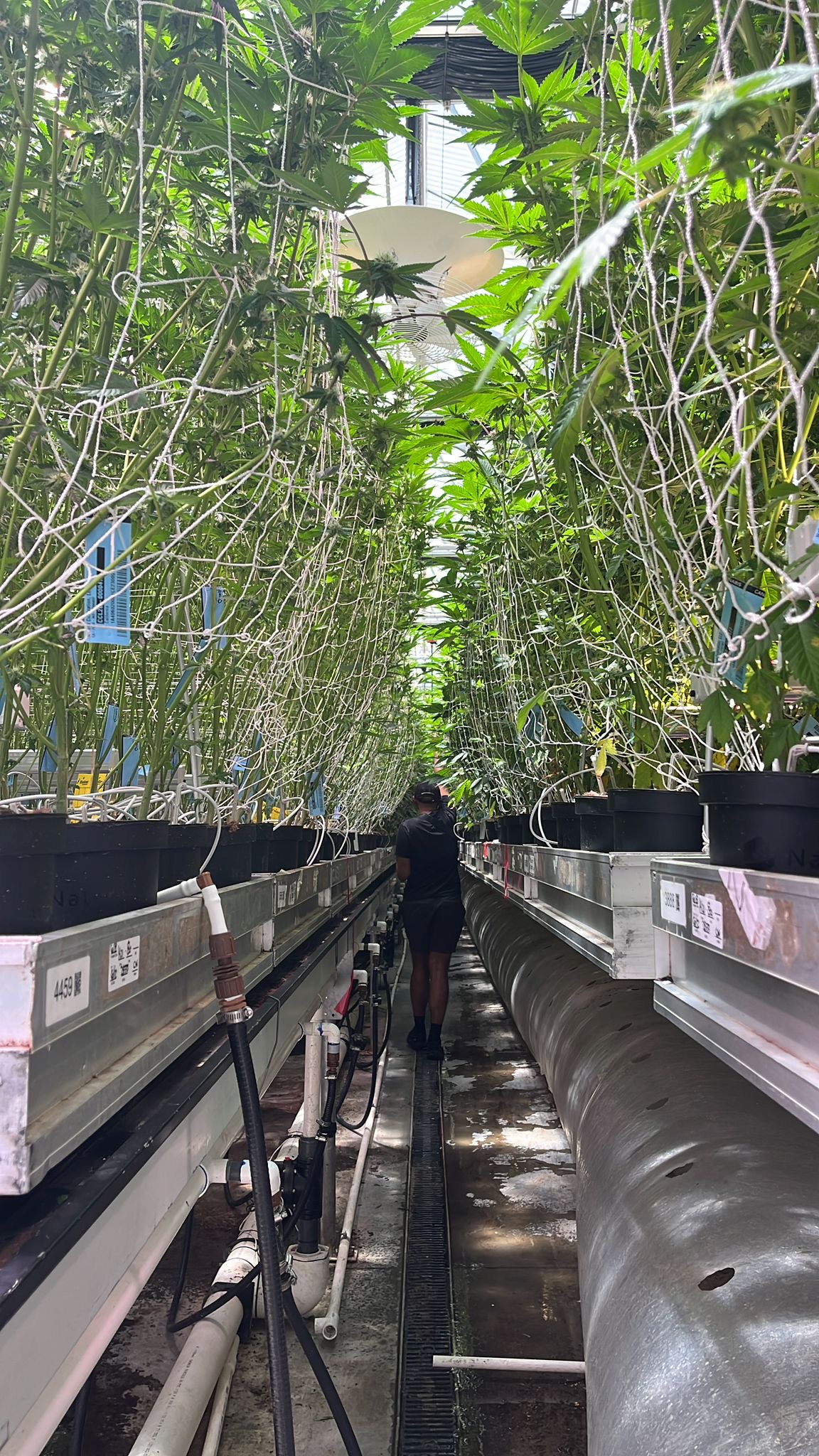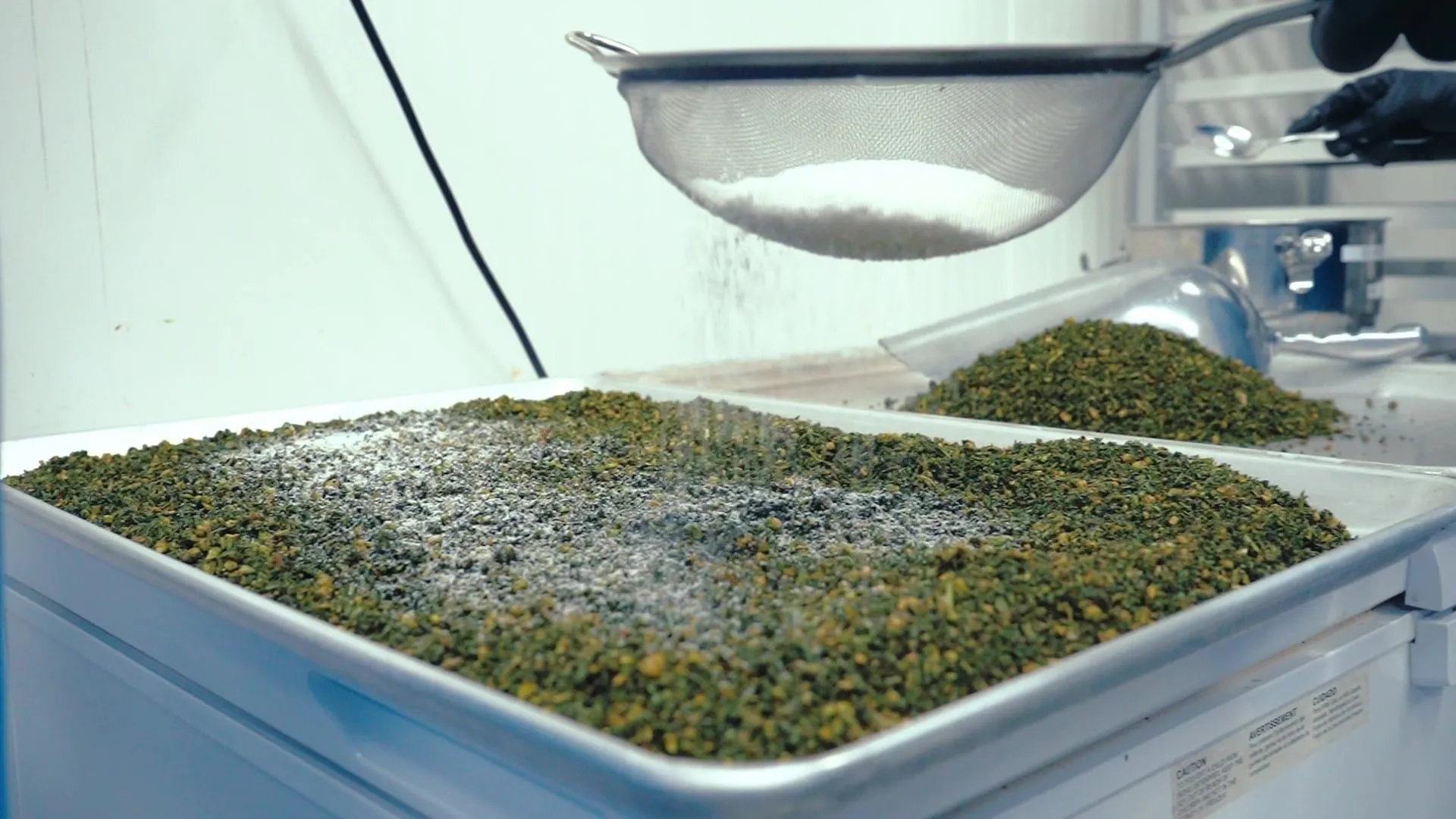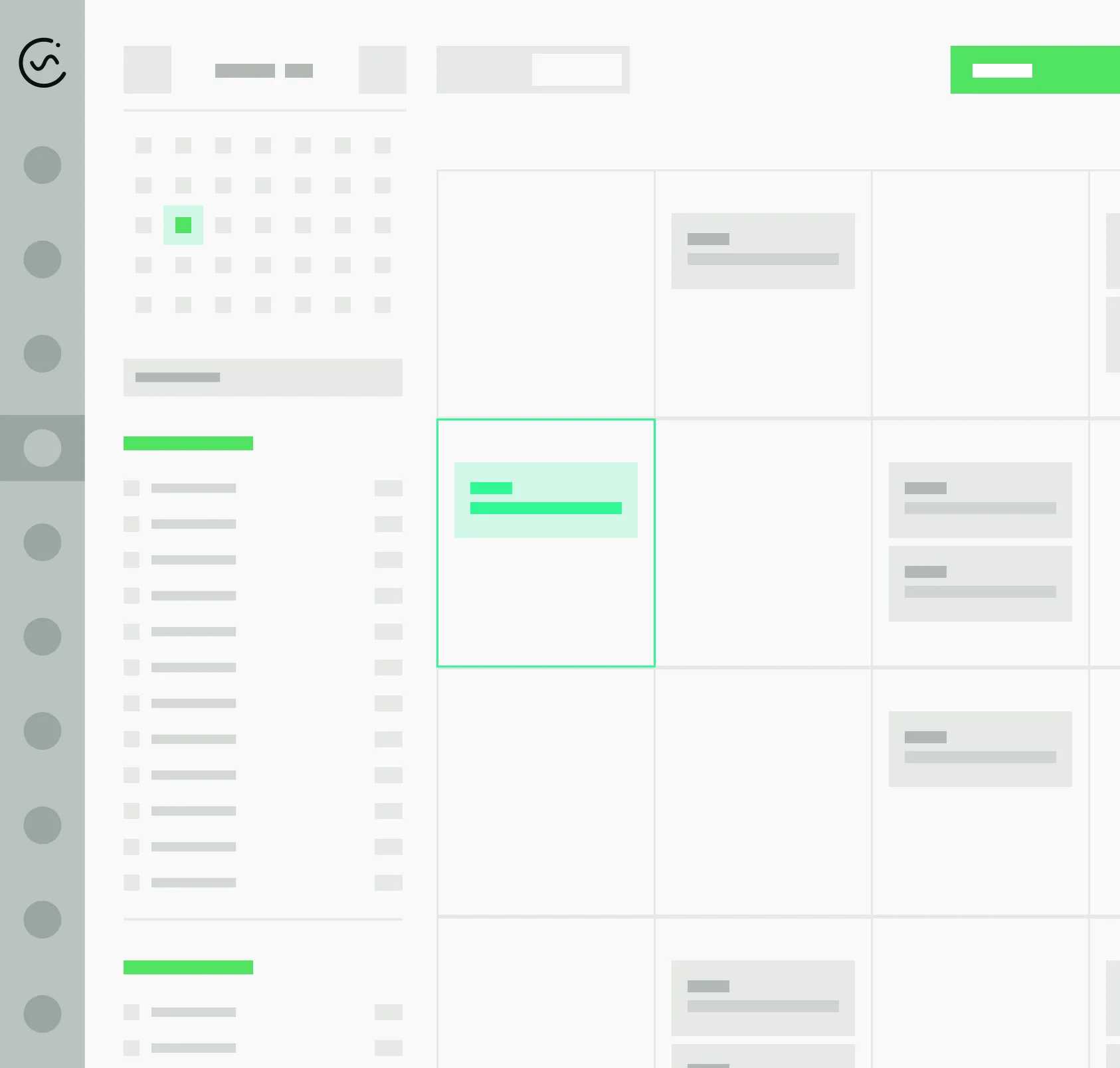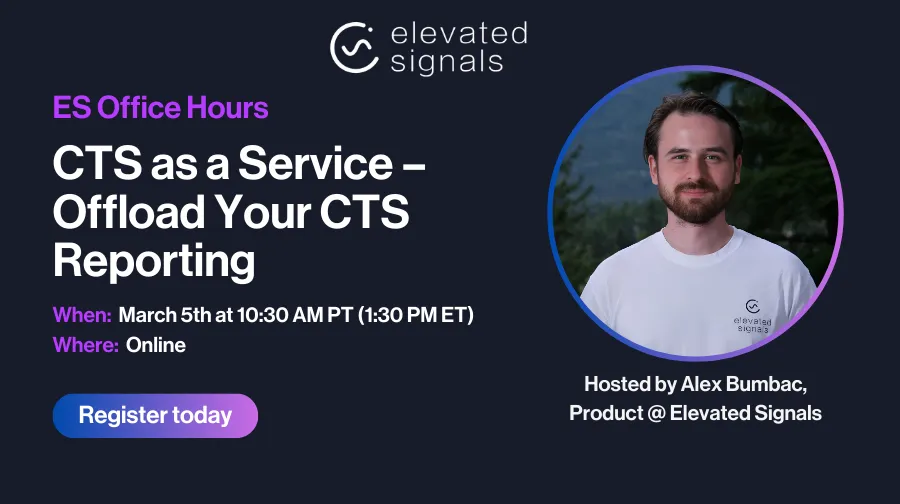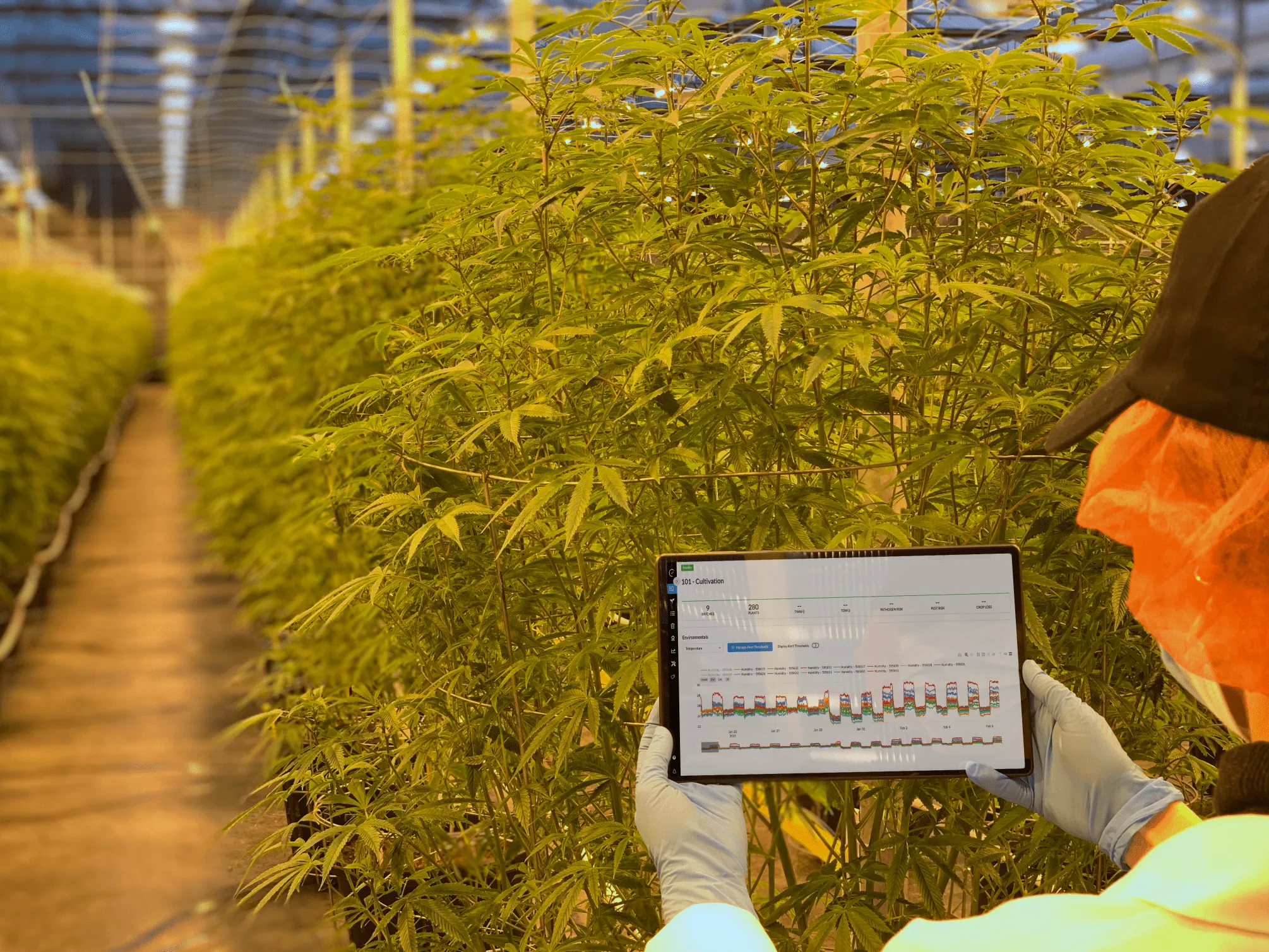What is cannabis software?
Cannabis businesses of all shapes and sizes use software (computer programs) to manage all parts of their operations from quality control, compliance, inventory, sales and customer service.
For the purpose of this blog post we are going to explore the software options that cannabis operators use within their facilities to track manufacturing from seed or clone right up to packaged good (cultivation, processing, extraction, packaging). But there are a range of other systems such as CRMs and POS software that cannabis businesses use beyond this point.
What software does a cannabis facility need?
The most common software used at a cannabis facility to track inventory is Seed to Sale software (S2S), which is often backed up by an excel worksheet and paper-based system to manage quality control. A larger facility might also have a quality management system (QMS), and an enterprise resource planning system (ERP).
Here we outline what these platforms are, their pros and cons, and explain how you can address the gaps.
S2S: What is Seed to Sale software?
🙂 Seed to Sale software is used by cannabis producers to help track plant growth, harvests, drying, processing, packaging, and finally, sales and distribution.
🤬 Seed to Sale software typically only provides inventory tracking, so producers end up using a lot of binders and spreadsheets to track and connect the dots between their inventory, current work in progress, QA programs, and environmental data. Essentially Seed to Sale software doesn't give you the full picture of your manufacturing process, and still requires a lot of paperwork. Read on to find a way around this!
Which Seed to Sale tracking system is required in Canada?
Health Canada doesn't require Licensed Producers to have a Seed to Sale software system, but without one it is almost impossible for producers to track their inventory and, therefore stay compliant. Many producers use Elevated Signals software to help with inventory, CTS reporting and quality record-keeping.
QMS: What is a cannabis Quality Management System?
🙂 In addition to Seed to Sale software, you may require a cannabis QMS. A QMS helps you set-up, monitor, and maintain a quality assurance program. It allows a business to document and coordinate its processes, procedures, and responsibilities to meet customer and regulatory requirements. The key features of a cannabis QMS are CAPA (Corrective and Preventive Actions), training (LMS - Learning Management Systems), document management, and COAs (Certificate of Analysis).
🤬 A typical QMS system would not track inventory movements, and if it did, it would not give an in-depth insight into the manufacturing process required to produce that inventory. For example, the manufacturing inputs, outputs, waste, processing loss, equipment used, and quality records completed would most likely live in other systems - this information is all required for audits and inspections.
ERP: What is a cannabis Enterprise Resource Planning system?
🙂 Large organizations in all industries use Enterprise Resource Planning (ERP) software to manage day-to-day business activities such as accounting, procurement, project management, risk management, compliance, and supply chain operations. They are typically used to understand the supply chain through a financial lens.
🤬 Most Cannabis ERPs do not capture and digitize the day-to-day operations on the production floor required for compliance and in-depth understanding of SKUs. They are extremely costly and deployment time is usually a minimum of six months (with some taking years to get up and running).
Depending on the size and scale of your business, you may require an ERP. But it’s worth noting that you’ll need to integrate it with a separate system to help manage the execution of your QA program. You’d be required to manage this integration yourself, and it can be costly as well as time consuming.
How do I bridge the gap between cannabis inventory and quality?
We've established that there are software systems that can help you track your inventory and platforms to help you manage your quality program (QMS). But neither of these solutions will get rid of paperwork in your cannabis facility. That's where Elevated Signals fits in.
We set out to build a truly paperless system that digitalizes the entire manufacturing operation. Elevated Signals MES (Manufacturing Execution System) fulfils all of the functions of a Seed to Sale software and much more. It combines both cannabis and non-cannabis inventory management, automatic batch records and environmental monitoring into a single platform - giving you the data you need to be compliant, competitive and ultimately profitable - in one place.
Furthermore our system easily integrates with both QMS’ and ERPs if these platforms are required, or already exist, in your facility.
By removing the requirement for paper records, spreadsheets and outdated seed-to-sale software, the producers we work with have achieved a six-fold increase in ROI annually, while significantly reducing the number of hours their teams spend each day filing records.
If you think Elevated Signals could be a good fit for your facility - we’d love to chat!






